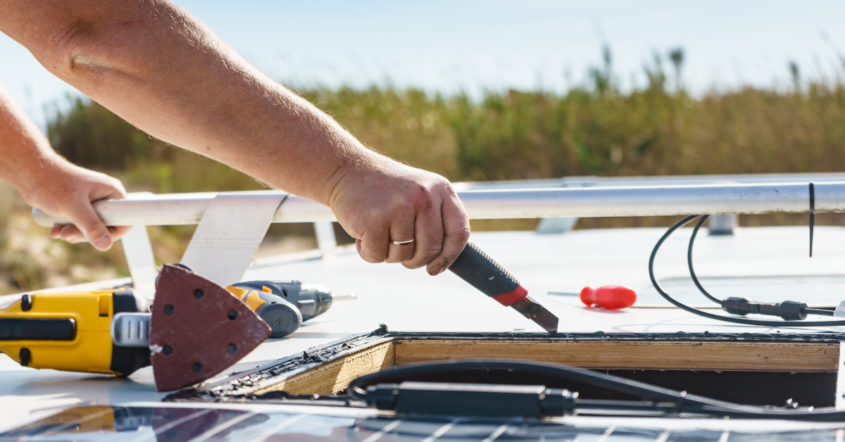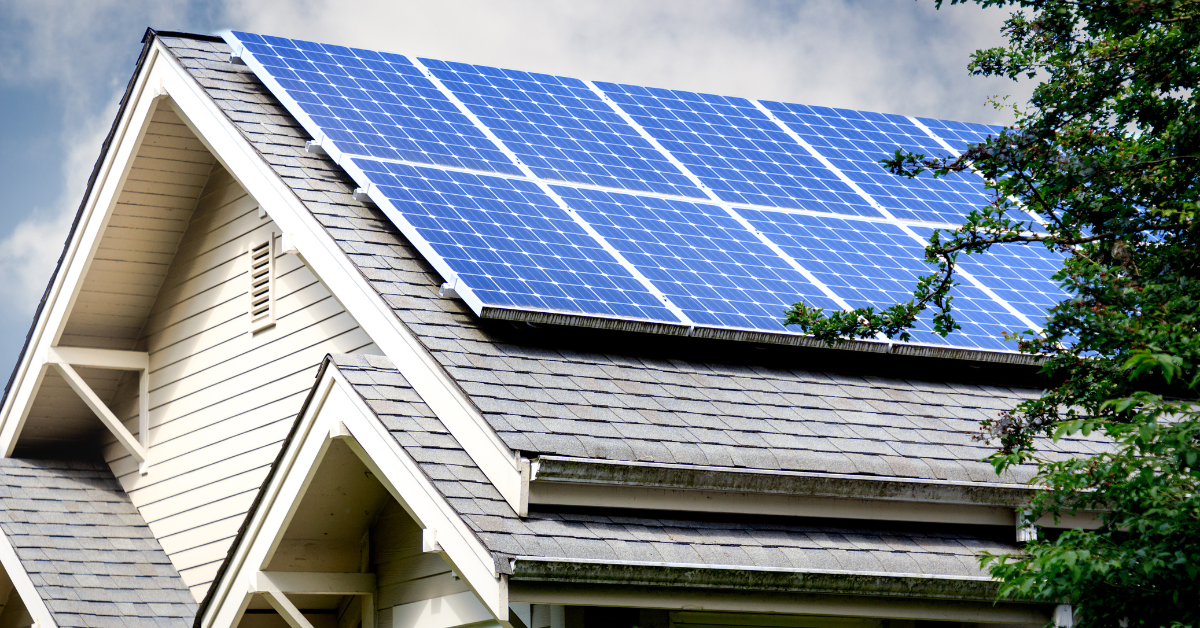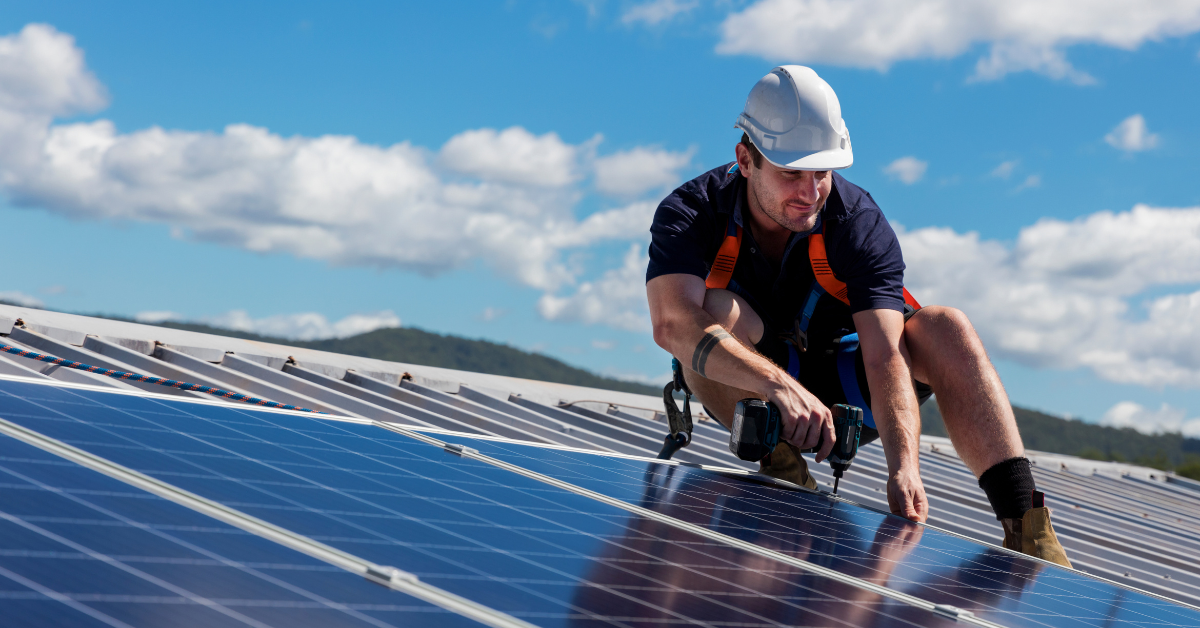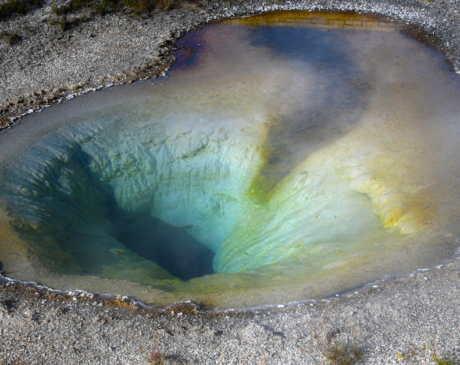How to make your own solar panel at home

Solar panels are an excellent way to tap into the clean and renewable energy source and you can even make your own solar panel at home.
Not only is this a cost-effective option, but it also allows you to learn about solar energy generation firsthand.
In our previous articles on solar energy, we have explored how this type of energy works and why it is advantageous.
In this article, we’ll guide you through the process of crafting your own solar panel right in the comfort of your home.
Discover how to create your very own solar panel
Constructing your own solar panel is a time-intensive endeavor that necessitates a certain level of electrical proficiency. Nonetheless, the undertaking can be exceptionally gratifying; acquiring the skills to craft your personal photovoltaic panel provides valuable insights into the generation of solar electricity.
Before you embark on crafting your bespoke solar panels, it is essential to comprehend the mechanism by which solar cells yield electricity.
The preponderance of contemporary solar panels employs crystalline silicon wafers, typically measuring six square inches. When sunlight strikes these wafers, electrons within them commence to move, generating an electrical current.
A typical full-sized solar panel, akin to those utilized in rooftop solar energy systems, incorporates approximately 60 silicon wafers. For those with modest electricity requirements, smaller panels can be fashioned.
Once you’ve procured individual solar cells (readily available for purchase online), the fundamental process for fashioning your unique solar panel unfolds as follows:
- Fabricate the substrate for your panel: a common approach among DIY solar panel constructors involves utilizing a wooden board as the foundation for the solar cells. This necessitates drilling holes in the board to accommodate the wiring for each cell.
- Interconnect your solar cells: this step demands a degree of proficiency in electrical work. Employ a soldering iron to establish connections between wires and the solar cells, linking each cell together.
- Fasten the cells to your substrate: ideally, affix each solar cell to the substrate individually. This simplifies the replacement of a single cell should it become damaged or malfunction.

At this juncture, you possess a functional solar panel capable of generating electricity when the sun is shining. However, a solitary solar panel alone cannot fulfill practical applications.
To power household devices, it is imperative to couple your panel with an inverter capable of converting direct current (DC) solar power into the alternating current (AC) utilized by most contemporary electronic devices.
For a self-contained off-grid system, inclusion of a battery pack and charge controller in your DIY solar configuration is essential. The battery pack serves as an energy reservoir, while the charge controller governs the flow of electricity to and from the battery.
Should you aspire to establish a solar panel system to power your residence, the process grows substantially more intricate.
A conventional grid-connected solar photovoltaic (PV) system capable of powering your household necessitates approximately 20 solar panels, all of which must be interconnected and affixed to your roof (or a sunlit ground location on your property).
Crucially, a certified electrician must validate the correct assembly of your system before your utility provider permits the connection of your panels to the electric grid.
Materials you’ll need
Before you begin your DIY solar panel project, gather the following materials:
- Solar cells: these are the essential components that capture sunlight and convert it into electricity. You can purchase solar cells online from various suppliers.
- Plywood or backing material: choose a sturdy and weather-resistant material as the base for your solar panel. Plywood is a common choice.
- Tabbing wire: this wire is used to connect the individual solar cells.
- Bus wire: it connects the solar cells in a series or parallel configuration.
- Flux pen: to help solder the connections securely.
- Soldering iron: a soldering iron and solder are necessary for connecting the wires to the solar cells.
- Silicone sealant: this will protect your solar cells from moisture and weather elements.
Choosing between DIY solar panels or professional installation
The decision to install solar panels hinges on your specific needs and goals. Depending on your objectives, you can opt for a do-it-yourself (DIY) approach with a solar kit or enlist the expertise of a seasoned solar installer.
For smaller Off-Grid ventures, DIY is feasible! Solar panels offer a versatile and convenient energy solution for various off-grid applications.
You don’t necessarily have to embark on the intricate task of crafting your own solar panels; there are affordable solar panel kits available on the market, which encompass all the necessary components for a hassle-free DIY installation.
If your aim is to establish a modest off-grid system to power a cabin, recreational vehicle (RV), boat, or a compact dwelling, building your own solar panel system proves to be a practical choice.

For comprehensive home solar solutions, trust a solar installer! In the context of implementing a full-scale solar power system for your residential property, collaborating with an established solar installer with extensive experience becomes pivotal.
Some of the foremost solar companies boast a track record spanning decades in installing solar energy systems. This invaluable experience surpasses what can be gleaned from online research or DIY guides.
Moreover, your chosen solar installer possesses the expertise to identify available financial incentives in your region and to navigate the intricate process of acquiring permits and approvals necessary to commence your solar energy system.
If you find yourself deliberating between the prospects of crafting your own solar power system or enlisting the services of a professional installer, it is advisable to solicit quotes from local solar companies.
This will provide you with a clear understanding of the associated costs and help you make an informed decision aligned with your solar energy goals.
Keep in mind that while making your own solar panel can be a rewarding DIY project, it’s essential to prioritize safety and consult resources or experts if you encounter any challenges along the way.
Enjoy the benefits of clean, renewable energy right from your homemade solar panel!



